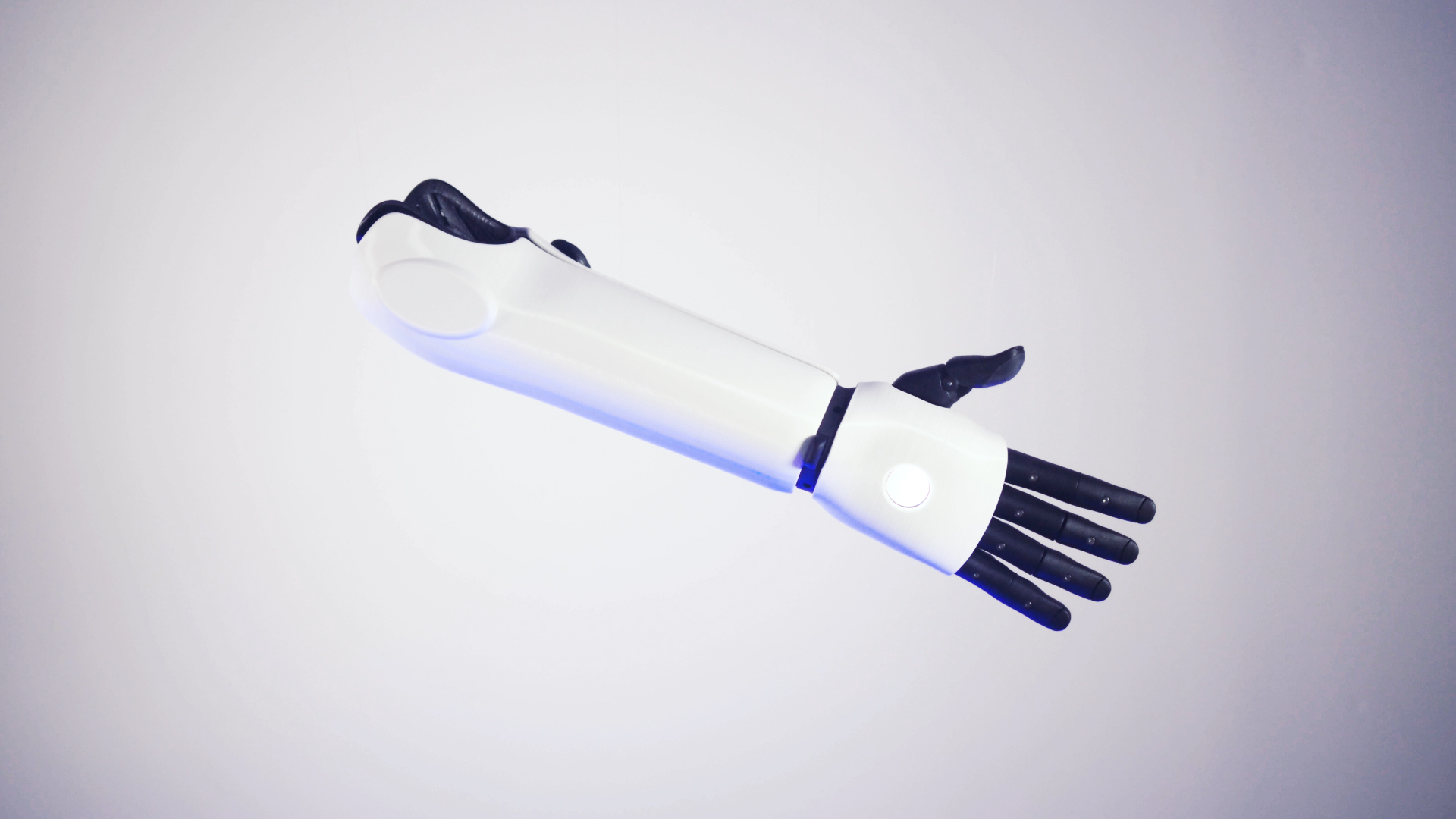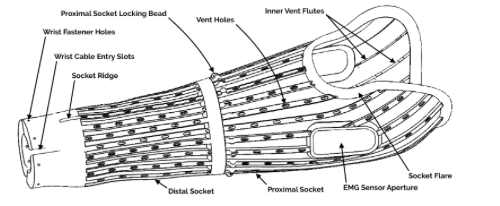How to determine if your prosthetic liner is a good fit for your arm prosthesis?
22nd November 2021

22nd November 2021

A prosthetic liner is an integral part of any prosthesis with the purpose of providing a connection between the user’s residual limb and the prosthetic solution. Each prosthetic user is unique with individual limb presentations and characteristics. It is therefore essential that each prosthetic liner or socket be custom-fit based on individual requirements, preferences and personal objectives.
In upper limb prosthetics, there are a number of important aspects that must be considered when trying to determine if a liner or socket solution is a good fit.
When determining whether an upper limb prosthetic socket is well-fitting, there are three key factors that should be acknowledged:
Firstly, in order to transmit biomechanical forces to the prosthesis, the socket must stabilize the underlying soft skin tissues and anatomy to ensure that any arm movements are immediately translated from inside the prosthetic liner to the prosthesis. Secondly, the liner should effectively match the user’s residual volume. This reduces the overall pressure exerted on the user’s residual limb when performing everyday tasks, by distributing the resultant movement forces over a greater surface area. Lastly, firm suspension between the user’s residual limb and the prosthesis is essential for improved confidence and reliability of the device. There are several methods of attaining effective attachments of a prosthesis. With the Hero Arm, this is achieved through the total contact nature of the socket and self-suspension techniques which apply targeted forces near prominent areas of the arm.

Next, the contribution of the socket interface towards the overall functionality of the prosthetic device is of significant importance. For all upper limb prostheses, the top-line, or trimline, of the socket has a direct influence on the range of motion that can be achieved at the elbow joint whilst using the prosthesis. As with the socket itself, the trimlines are unique for each user and are determined by your Prosthetist based on individual limb presentations and user feedback. For externally-powered prostheses, the functional envelope at which the terminal device can be operated is of significant importance.
“
The inner socket of the Hero Arm is 3D printed in a flexible material which provides a breathable and comfortable interface between the user’s residual limb and the prosthesis.
”
Providing your Prosthetist with information on activities that you would like to perform will start this discussion and ensure that the optimal socket design is chosen. Inside the Hero Arm, and other myoelectric prostheses, the socket allows for accurate positioning of the myoelectrode(s) and ensures that contact is maintained with the underlying muscle groups as the user interacts with their environment.
Advances in technology have resulted in a shift in the materials and techniques used to fabricate upper limb prosthetic sockets. Traditional laminated sockets, which are inherently rigid and unforgiving, are slowly being replaced with more flexible alternatives. Additionally, the introduction of additive manufacturing within the field has also allowed for lightweight and intricate socket designs to be 3D printed using flexible filament. The inner socket of the Hero Arm is 3D printed in a flexible material which provides a breathable and comfortable interface between the user’s residual limb and the prosthesis.

Although these aspects of socket design are important from a clinical perspective, medical professionals should always value users’ opinions. Evaluating whether a prosthetic socket is fitting-well is a subjective measure and so it should be users’ feedback that helps to guide the optimal socket fit.
Find out if the Hero Arm is the right prosthesis for you by registering your interest.